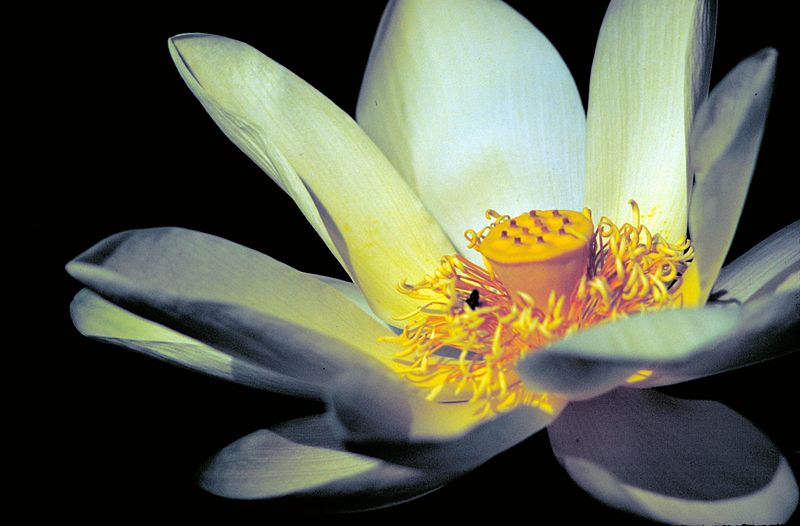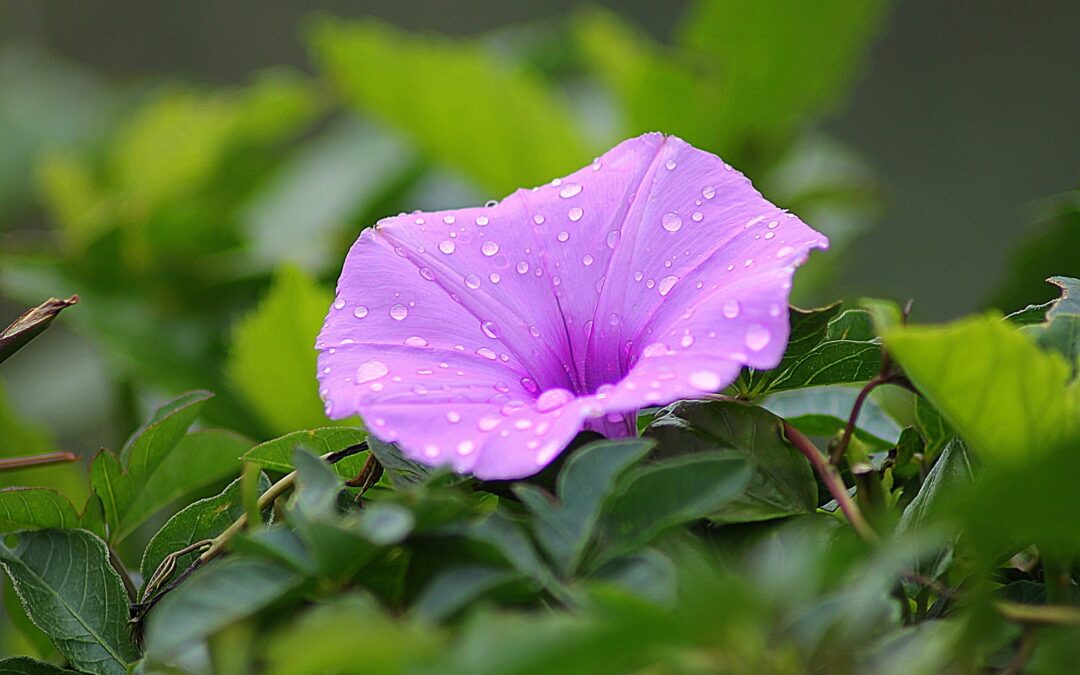It’s been a while! I’ve been busy with something I hope you’ll enjoy, and should be able to share the news with you within a week! Hang tight. For now, we’ll discuss native plants versus invasive plants.
Make your way through plant groups on social media or read a bit about them and you’ll find that there’s a distinction made by gardeners, naturalists, and conservationists (among others) between “native” plants and “invasive” plants. I remember first learning about the two categories when I began dipping my toes in the foraging pond. I remembered reading about plants that had “invaded” ecological spaces and that they needed to be aggressively controlled. At the time, coming from an anthropological background I found terms like “alien” or “invader” dubious, because of their roots in ethnocentrism and xenophobia. So, I wondered for a time, what’s so invasive about invasive species?
Since I initially came from a place of suspicion about lingering colonial methods of control in the language we speak, it’s worth defining the terms “native” and “invasive” when we talk about local fauna. A native species is something that is fully assimilated and integrated into the conditions where it lives. An invasive species is one that can change the ecology it finds itself in so that it alters the beneficial system that existed before. Invasives can prevent natives from maintaining their hold on a certain ecological niche and reduce the amount of animal species that may have traversed an area for food or shelter. This works on all levels: beneficial bacteria, insects, and fungus have a harder time remaining in their home as well. Learning this helped me realize that invasive species may actually be more “colonial” than the idea of native species as they show up in an area and proliferate, obliterating species that flourished there before via the production of disadvantageous chemistry and detritus that when broken down keep the toxic cycle going. There’s a US historical allegory that goes along with this. I think you get my drift.

In her book, Gardening with Native Plants of the South, Sally Wasowski attributes the continuous planting of invasive species as a result of the nursery trade adopting so many of them for their looks rather than their ecology. Some gardeners opt for color instead of proper nutrient generation. But what of plants introduced to an ecological area that aren’t technically native, but manage to integrate and do no harm? Maybe looking at safer versions of invasive plants is something nurseries should consider for the locality they are situated in. As soil erosion and health becomes more of a concern in our changing world, maybe nurseries will move in this direction. What that means, though, is a change of culture. And we all know that paradigm shifts are slow. So, it’s up to us as gardeners to ensure that we garden ethically and pay homage to the earth – the land – that exists before we plan our gardens. Just as we consider which plants thrive in areas with full or dappled sun, we can look to our local ecology to determine which plants will work best chemically and biologically, or which will support the biome that exists already. Plenty of natives are showstoppers, just as species that are more “exotic”.
References:
Shelef, Oren, Peter J. Weisberg, and Frederick D. Provenza. “The value of native plants and local production in an era of global agriculture.” Frontiers in plant science 8 (2017): 2069.
Wasowski, Sally. Gardening with native plants of the South. Rowman & Littlefield, 2020.
Zhang, Pei, et al. “Invasive plants differentially affect soil biota through litter and rhizosphere pathways: a meta‐analysis.” Ecology letters 22.1 (2019): 200-210.
Datta, Arunava, et al. “Identifying safe cultivars of invasive plants: six questions for risk assessment, management, and communication.” NeoBiota 62 (2020): 81.

Recent Comments